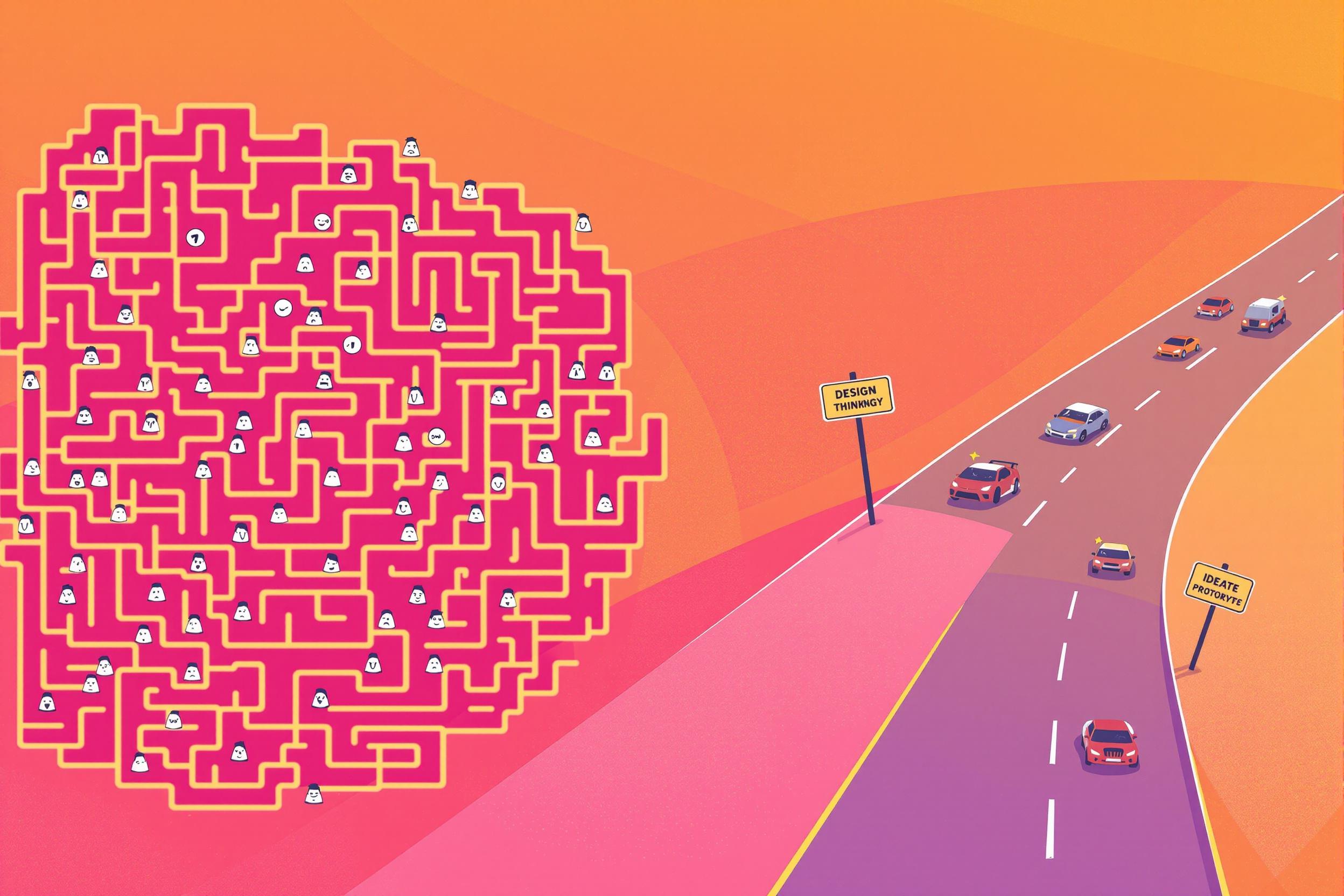
Business Model Canvas
The Business Model Canvas is a popular planning tool that helps companies visualize and develop their business strategy on a single page. Think of it as a blueprint or snapshot that shows how a company makes money and delivers value to its customers. Consultants use this tool to help businesses plan new ventures or improve existing ones. It breaks down business planning into nine key areas including customer segments, revenue streams, and key resources, making it easier for teams to understand and discuss business ideas. Similar tools include the Lean Canvas and Value Proposition Canvas. This approach is much simpler than traditional lengthy business plans and is widely used in both startups and established companies.
Examples in Resumes
Facilitated workshops using Business Model Canvas to help startups define their strategy
Led strategic planning sessions with BMC methodology for Fortune 500 clients
Trained executive teams on applying Business Model Canvas frameworks for business transformation
Used Business Model Canvas analysis to identify new revenue opportunities
Typical job title: "Business Consultants"
Also try searching for:
Where to Find Business Consultants
Professional Networks
Learning Resources
Consulting Job Boards
Example Interview Questions
Senior Level Questions
Q: How would you use the Business Model Canvas to transform an existing business?
Expected Answer: Should explain how to analyze current business model weaknesses, identify opportunities for innovation, and lead workshops with executive teams to develop new strategic directions. Should mention experience with change management and stakeholder buy-in.
Q: How do you adapt the Business Model Canvas for different industries and company sizes?
Expected Answer: Should demonstrate experience in customizing the approach for various scenarios, from startups to large corporations, and ability to modify the framework while maintaining its core benefits.
Mid Level Questions
Q: Walk me through how you would facilitate a Business Model Canvas workshop.
Expected Answer: Should describe workshop preparation, stakeholder engagement, time management, and techniques for getting productive input from participants. Should mention how to handle common challenges and group dynamics.
Q: How do you connect the Business Model Canvas to financial projections?
Expected Answer: Should explain how to translate canvas elements into revenue streams and cost structures, and how to use this information for basic financial planning and business case development.
Junior Level Questions
Q: Can you explain the nine components of the Business Model Canvas?
Expected Answer: Should be able to list and briefly explain key partners, activities, resources, value propositions, customer relationships, channels, customer segments, cost structure, and revenue streams.
Q: What's the difference between a Business Model Canvas and a traditional business plan?
Expected Answer: Should explain that the canvas is a more visual, concise, and flexible tool that fits on one page, versus a lengthy written document, and how it enables quick iterations and updates.
Experience Level Indicators
Junior (0-2 years)
- Understanding of basic business model concepts
- Ability to explain the canvas components
- Basic workshop facilitation
- Simple business analysis
Mid (2-5 years)
- Workshop facilitation and client management
- Industry-specific canvas adaptations
- Financial modeling integration
- Strategic analysis and recommendations
Senior (5+ years)
- Complex business transformation projects
- Executive-level workshop facilitation
- Strategy development and implementation
- Team leadership and methodology development
Red Flags to Watch For
- Unable to explain the basic nine components of the canvas
- Lack of facilitation or workshop experience
- No understanding of basic business concepts
- Poor communication or presentation skills
- No experience with real business applications of the tool
Related Terms
Need more hiring wisdom? Check these out...

Why Your Hiring Process is a Maze (And How Design Thinking Can Turn It into a Superhighway)

Unlocking Team Potential: Personality Mapping for Dynamic Management

Beyond Borders: Mastering the Art of a Global Onboarding Calendar

